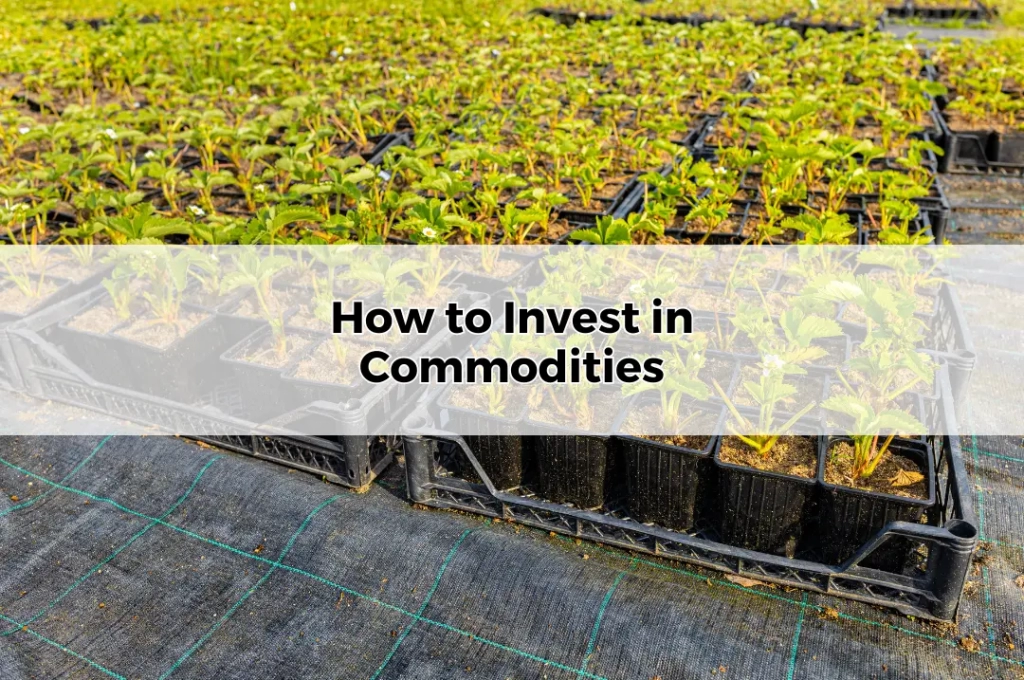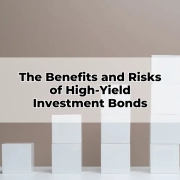How to Invest in Commodities
Table of Contents
ToggleCommodities are an essential asset class for investors looking to diversify their portfolios and hedge against inflation. Whether you’re an experienced investor or just starting out, incorporating commodities can provide stability in times of economic uncertainty. Commodities are physical goods like oil, gold, wheat, or coffee, and their prices often move in response to broader economic trends. For those seeking to broaden their investment strategies, understanding how to invest in commodities can open up new opportunities for financial growth and security. As a Toowoomba Financial Adviser, I often guide clients through the benefits and risks associated with commodities in financial planning.
What Are Commodities?
Commodities are basic physical assets that can be bought and sold on the market. They are typically classified into two categories: hard and soft commodities. Hard commodities include natural resources such as oil, metals, and minerals. Soft commodities are agricultural products like wheat, corn, coffee, and livestock. These goods are traded globally, and their prices fluctuate based on supply and demand, weather conditions, geopolitical events, and market speculation. Commodities play a fundamental role in the global economy, serving as raw materials for production and consumption.
Why Invest in Commodities?
Investing in commodities offers several advantages, particularly in terms of diversification and inflation protection. Commodities often move independently of traditional asset classes like stocks and bonds, meaning they can provide balance during times of market volatility. Additionally, commodities tend to perform well in inflationary environments, as rising prices of raw materials increase their value. For investors looking to hedge against inflation or diversify their portfolio, commodities offer a unique opportunity to access markets that are less correlated with standard equity investments.
Types of Commodities Investments
Commodities investments can be grouped into four main categories: energy (oil, natural gas), metals (gold, silver, copper), agricultural products (wheat, corn, coffee), and livestock (cattle, pork). Each of these sectors has its own set of factors influencing prices, from geopolitical tensions in oil-producing regions to weather conditions affecting crop yields. Investors may choose to focus on a specific commodity sector or diversify across multiple commodities, depending on their risk tolerance and financial objectives.
Direct Investment in Physical Commodities
One way to invest in commodities is by purchasing the physical goods themselves. For example, you can buy gold bullion, silver bars, or oil barrels. Physical ownership gives you direct exposure to the price movements of the commodity, but it also requires storage and security considerations. While investing in physical commodities can offer protection against market fluctuations, it is typically more suited to investors looking for long-term preservation of wealth, especially in assets like gold. Physical commodity investment is less common for more perishable or bulkier goods like oil or agricultural products.
Commodity Futures Contracts
Commodity futures contracts are agreements to buy or sell a specific quantity of a commodity at a predetermined price on a future date. Futures trading allows investors to speculate on the direction of commodity prices without physically owning the asset. While futures can offer significant potential returns, they are also highly leveraged and carry a high level of risk, making them suitable for more experienced investors. Understanding the mechanics of futures trading, including margin requirements and contract expiration dates, is crucial for anyone considering this form of commodity investment.
Commodity Exchange-Traded Funds (ETFs)
Commodity ETFs offer a more accessible way to invest in commodities without the need to handle physical assets or trade futures contracts. These funds track the price of a specific commodity or a basket of commodities, providing investors with exposure to commodity markets through a single investment. ETFs are highly liquid and can be traded on stock exchanges just like shares. They provide a convenient option for investors looking to diversify their portfolios with commodities, while also offering lower risks compared to direct futures trading.
Investing in Commodity Stocks
Another indirect way to gain exposure to commodities is by investing in companies involved in the production and distribution of raw materials. For instance, you can invest in mining companies that extract metals, energy firms involved in oil production, or agricultural corporations. These stocks often move in correlation with commodity prices, offering investors a way to benefit from rising prices without dealing directly in the commodities market. Commodity stocks can also offer dividends, adding another layer of potential return on investment.
Commodities and Inflation Protection
Commodities are often viewed as a hedge against inflation because their prices typically rise during periods of inflationary pressure. As the cost of goods and services increases, so do the prices of raw materials. For example, oil, metals, and agricultural products tend to appreciate in value when inflation is high, protecting the purchasing power of investors’ money. This makes commodities an attractive investment during times of rising inflation, especially when other assets like bonds may lose value due to higher interest rates.
Risks Involved in Commodity Investing
Investing in commodities comes with several inherent risks. Commodity prices can be extremely volatile due to factors such as weather conditions, geopolitical instability, supply chain disruptions, and market speculation. Additionally, commodity markets are highly cyclical, meaning prices can swing widely depending on economic conditions. Investors must also consider the risks associated with storage, transport, and the potential for physical degradation of certain commodities. As with any investment, it’s essential to weigh the potential returns against these risks before committing capital to commodities.
Commodities in a Balanced Investment Strategy
Commodities can play a valuable role in a balanced investment portfolio, particularly for those seeking diversification and inflation protection. However, it’s important not to overexpose your portfolio to commodities, as their volatility can introduce additional risk. A well-rounded portfolio should include a mix of asset classes—such as stocks, bonds, real estate, and commodities—to achieve long-term financial stability. Consulting with a Financial Planning Toowoomba expert can help you determine the right allocation of commodities within your investment strategy.
Conclusion
Investing in commodities offers the potential for diversification, inflation protection, and significant returns. However, it’s not without its risks. Commodities are highly sensitive to market conditions and can be volatile, making them suitable for investors with a higher risk tolerance. For those looking to broaden their investment portfolios and protect against inflation, commodities can provide an excellent opportunity. To determine if commodities are the right fit for your financial goals, consider seeking advice from a Toowoomba Financial Adviser or an online financial adviser who specialises in retirement financial advice and wealth management.









